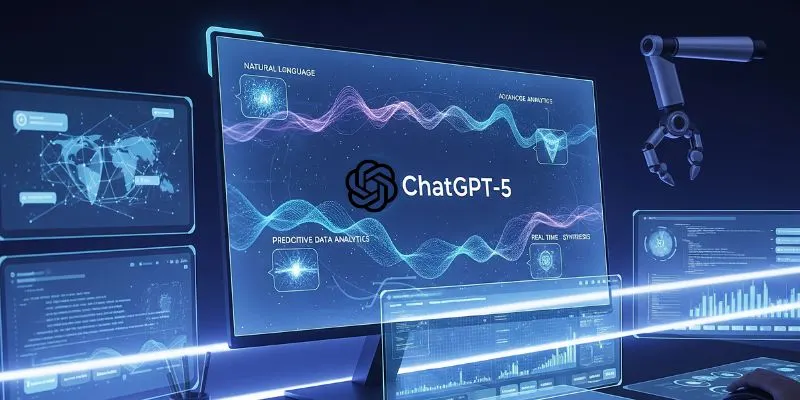A New Era: Free Access to GPT-5 for All
On August 7, 2025, OpenAI officially rolled out GPT-5 to every ChatGPT user—no subscription required. This marks a democratization of advanced AI, making what was once premium-level technology open to the public. For millions who use ChatGPT daily for everything from brainstorming to debugging code, this is a game-changer, and the first time OpenAI’s most sophisticated “reasoning model” is available outside the paid tiers.
Why GPT-5 Is a Big Deal—Beyond the Hype
CEO Sam Altman did not mince words: “GPT-5 is the first time it genuinely feels like conversing with an expert in any subject, akin to a PhD-level professional.” The leap from prior models is not just about speed or complexity; it’s about how human-like and accurate the interactions feel. You’ll notice:
Sharper Reasoning: GPT-5 leverages new training approaches for better logic and inference, so it’s less likely to spin up convincing-sounding nonsense just to fill a gap.
Reduced Hallucinations: Past models sometimes fabricated information (in AI-speak, “hallucinated”). GPT-5 greatly reduces this, with a more transparent approach to error and limitation.
Massive Memory: With a 256,000-token context window, it can hold far more information from your conversations at once than before, enabling comprehensive answers and codebases.
“Vibe Coding” and Smart Software Generation: In live demos, GPT-5 built complex, multi-page web apps in moments from plain-language prompts—showing off its prowess for software development.
How does GPT-5 improve real-world tasks?
Imagine telling ChatGPT: “Build me a French language learning website, with quizzes and daily streak tracking.” Within moments, GPT-5 can generate two unique, feature-rich web apps—each ready for user tweaks and extensions. The model doesn’t just mimic code snippets or repeat tutorials; it constructs logical, adaptive solutions.
Professional testers at Box, a leading SaaS company, noted that GPT-5 could finally tackle the hard stuff: intricate logic, higher mathematics, and long, context-rich documents. “A complete breakthrough” is how Box CEO Aaron Levie described it.
Why is safety getting so much attention with GPT-5?
The rollout arrives at a time when trust in generative AI is both high and fragile. With more organizations looking to AI for business, healthcare, and educational uses, the risk that AI can “make things up” or give misleading advice is under serious scrutiny. OpenAI tackled this directly:
5,000 hours of safety testing: Every scenario from potential bias, misinformation, and ethical use cases was probed.
“Safe completions” replaces refusals: Rather than simply refusing risky queries, GPT-5 offers high-level, safe responses that don’t jeopardize user trust or public safety.
Honest about limits: If the task cannot be performed or would lead to speculation, GPT-5 is trained to explicitly state its boundaries.
What sets GPT-5 apart from previous ChatGPT models?
More expert-level responses: Feels less like a helpful student and more like consulting a true specialist.
Long-form and complex project support: Whether it’s code, legal summaries, or technical documentation, GPT-5 keeps track of more context and delivers more coherent outputs.
Broader API and developer access: In parallel, GPT-5 is deployed to Microsoft platforms and other app ecosystems. API endpoints now include three model versions for different needs—mainline, Pro, and Nano, catering to various usage and pricing tiers.
Integrated across Microsoft products: Developers and enterprise users will immediately see GPT-5 powering services such as GitHub Copilot, Microsoft 365 Copilot, and Azure AI.
What are the broader implications?
The arrival of GPT-5 signifies more than a product launch:
The lines between human and machine expertise keep blurring.
OpenAI’s competitors, including Anthropic and even Elon Musk’s ventures, are racing to leapfrog each other in reasoning capabilities.
Regulatory pressures and public benefit debates are heating up, with OpenAI navigating the shift from nonprofit origins to a highly valued, scrutinized for-profit.
The bottom line? Whether you’re coding, creating, researching, or just curious about AI’s next act, GPT-5 brings powerful new abilities to your browser—for free.














